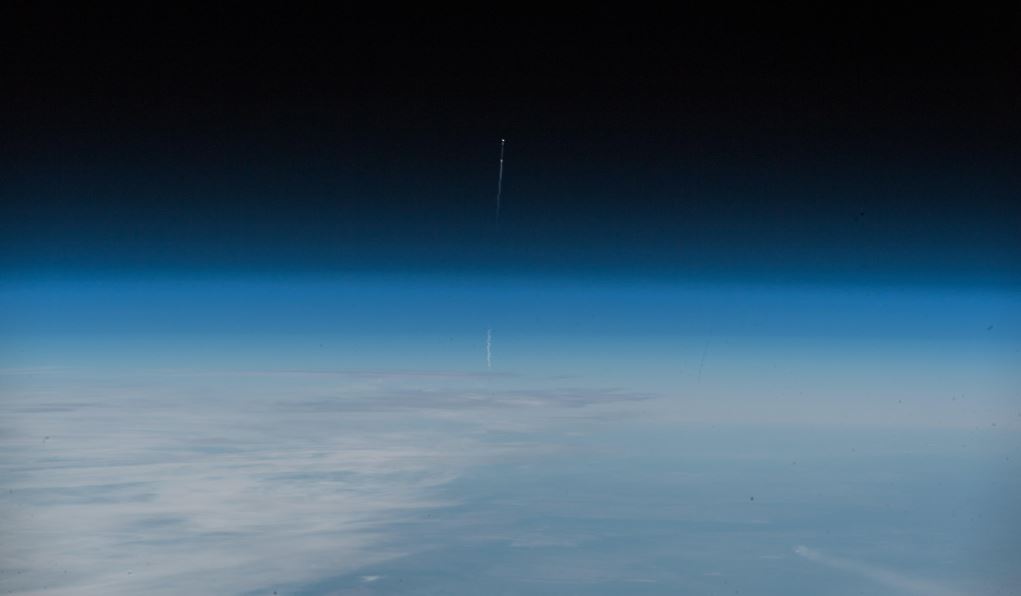After months of training, astronaut Nick Hague and cosmonaut Alexey Ovchinin took their position in the crew module on the Soyuz MS-10 mission that took off yesterday on October 11 at 4:40 am EDT from Baiknous Cosmodrome in Kazakhstan. But after two minutes after launch, the crew and the command center at NASA and Roscosmos discovered something wrong with at least one booster. That’s when the crew had to rush back to the Earth after the mission failed, however, no casualty was reported and the crew members were in good health too. So, what happened?
The launch occurred at 4:40 a.m. EDT on Thursday (October 11) from Baikonur Cosmodrome in Kazakhstan. After two missions in the mission just as the boosters were preparing to jettison from the ascent stage, a booster-emergency light went off within the crew module to notify about the anomaly that occurred due to a booster not separating itself and that’s when abort-motor fired and the crew module was pushed afar from the booster and then, back to the Earth.
According to the astronauts, they felt weightlessness after the reentry module separated from the booster which stats that they were in a state of freefall, however, they soon called back to the command center that they are fine. The mission failed because of the non-separating booster and that sent the crew module in a ballistic landing procedure and finally, the crew land in Kazakhstan where the rescue team was stationed to take care of ’em. The crew will be sent to Gagarin Cosmonaut Training Center in Star City, Russia where they will join with the investigating team trying to figure out what actually went wrong.
The two-member crew was being sent to the International Space Station where they would have met other three members to form a five-member team. On the contrary, the three members on the ISS are subjected to return back home in mid-December. When contacted, astronauts at the ISS were ready to extend their tenure (if required) since they have plenty of food supplies and consumables that will last for a few months now. However, the problem is the Soyuz return capsule docked at the ISS using which, the current astronauts were going to land back home, however, the module has a life of around 200 days considering the harsh environment of the space and constant bumping of debris and the period is estimated to end in mid-January.
As of now, both NASA and Roscosmos have started their investigation on the matter and how it could be averted in the future mission. Also, according to Ars Technica, NASA could send supplies in two SpaceX flights and one Japanese flight for the current crew on ISS in needed while Rosmoscos could send a replacement spacecraft to the ISS that will ferry no astronauts when it will launch, however, it will extend the tenure of the current astronauts by 200 days in needed.
Alexander Gerst, an astronaut with the European Space Agency (ESA) took to the Twitter to express his gratitude towards Soyuz rockets and posted a photo snapped just before the first stage separated from crew module in the space. Although it is not possible to make up that much details from the image, it seems like Gerst took the photo just before the crew module separated showing how does a mission failure look from the International Space Station.


